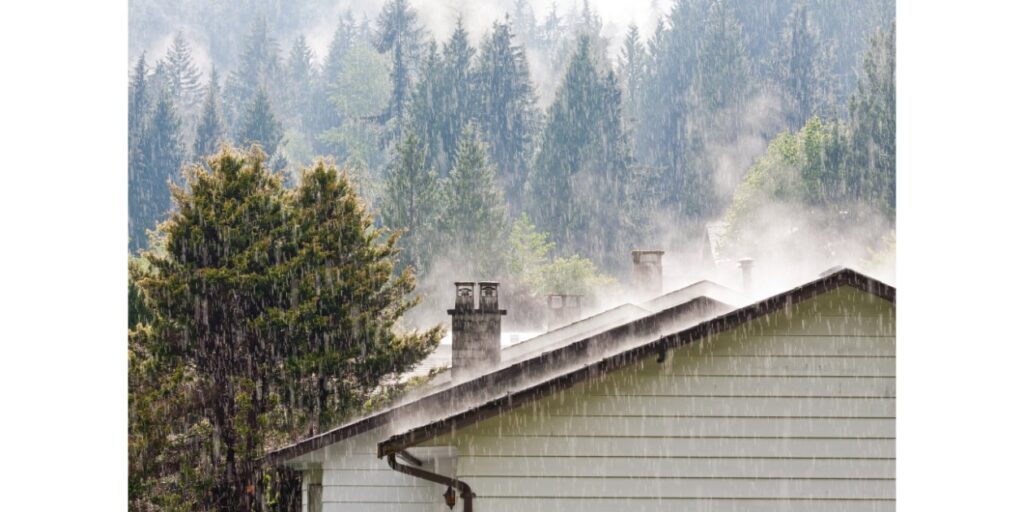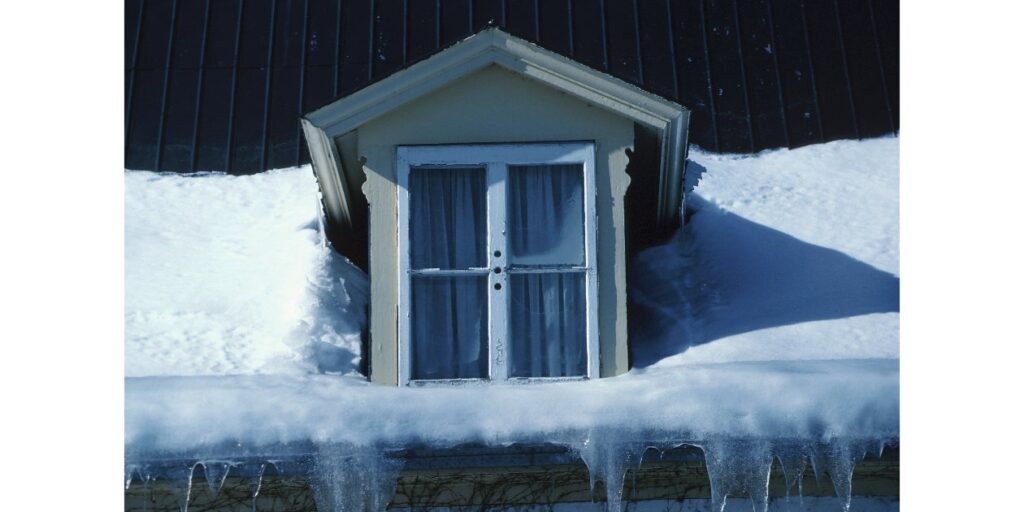How Does Weather Impact The Lifespan of My Roof?
One thing we love (and sometimes don’t love) about the Memphis area is that we truly do experience all four seasons every year. This means a whole host of different weather conditions, which probably makes you wonder: How does weather affect the lifespan of my roof? Pinnacle Roofing is here to tell you what to expect!
The Lifespan of Your Roof
Before we talk about how that rogue January ice storm might affect your roof, let’s first go over the expected lifespans of a few types of materials. These are very general estimates and under ideal conditions:
- Asphalt Shingles: 15 to 30 years. This varies based on the quality of the shingles, climate, and maintenance. Architectural shingles tend to outlive three-tab shingles.
- Wood Shingles and Shakes: 20 to 40 years. Maintaining them properly, such as using preservatives and addressing mold or moss growth, tends to expand the lifespan.
- Metal Roofing: 40 to 70 years. These are more durable and can better withstand harsh weather conditions. As with the others, they should be inspected regularly.
- Tile Roofing: 50 to 100 years or more. Proper installation, occasional inspections, and needed repairs can help them last longer.
- Slate Roofing: 75 to 200 years. Yeah, you read that right! This is made from natural stone and can last well over a century when well cared for,

Where Weather Comes In
Some of the following conditions are not native to the Mid-South but are still important to be aware of. The combination of the type of weather and the type of roof will mean different levels of damage. For more information on winter weather, specifically, check out one of our previous blogs!
- Rain: Persistent and heavy rain can lead to water pooling on the roof, causing leaks or damage over time if ignored. Proper drainage systems and well-maintained gutters are essential to fight water-related issues.
- Snow: Accumulation of snow has a number of issues associated with it, specifically excess weight compromising the structure of the roof. Snow should be regularly removed, if there’s a persistent amount. This is especially crucial for flat or low-pitched roofs.
- Wind: Strong winds during a stormy season can loosen or lift shingles entirely, as well as tiles or other roofing materials. If your roof experiences wind damage, a timely repair is always necessary.
- Hail: This is one of the more high-impact examples. Hailstorms can cause significant superficial damage to roofing, leading to dents, cracks, or punctures. Inspections after a hailstorm are always smart to assess any damage that isn’t visible from the ground.
- Sun/UV Exposure: Prolonged exposure to intense sunlight and UV rays can lead to discoloration and deterioration of roofs over time. In areas that are constantly sunny, it’s smart to consider UV-resistant materials during construction.
- Extreme Temperatures: Fluctuations in temperatures, especially between freezing and thawing, cause expansion and contraction. This causes cracks and damage. Ensuring you have adequate insulation can help regulate these temperature changes.
- Humidity: Now, this one we do know well in Memphis. High humidity in the spring and summer contributes to the growth of mold, algae, or moss. It impacts the appearance and can potentially cause damage. This can be rectified with proper ventilation and roof cleanings.
- Storms and Hurricanes: Severe storms combine heavy rain, high wind, and potentially even debris, all causing damage to roofing. Even with a strong roof, damage can still occur. It’s important to pay attention to the climate in your area and the corresponding roofing material to at least try to minimize this.
A Few Tips
Regardless of what the weather is feeling like on any given day, there are some universally wise practices you should enforce as the owner of a roof.
- Clean Debris: After winds or rain, remove leaves, branches, and other debris that might obstruct damage from being visible. It can also clog gutters and drains if it builds up.
- Regular Inspections: We practice what we preach here. Always inspect—either yourself or through us—before and after severe weather. It can stop small issues from growing worse.
- Trim Overhanging Branches: These can be culprits in a number of conditions. Whether broken by high winds or lightning or weighed down by ice or snow, they can be a direct threat to your roof. So, if you notice a particularly ominous branch hanging over your home, it’s a good idea to have it taken care of when conditions are stable.
- Invest in Quality Materials: If you find yourself in the market for a new roof, choose wisely. Again, think of your local climate, weather patterns, and other variables—you can’t always cover every single base, but you can get pretty close, depending on your decision.

Weathering the Storm
As you can tell, you might need to seek some professional advice in terms of roofing in the Mid-South. We can help you to assess the condition of your roof, and to give you as much advice as you need in terms of how to care for it properly. You can contact our team of experts at (901) 250-2813 for a free evaluation.
